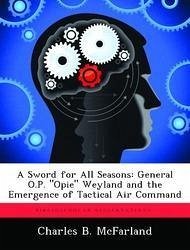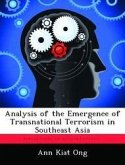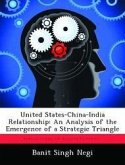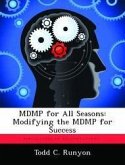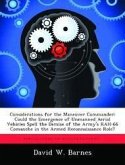General Otto P. "Opie" Weyland, despite having almost no combat experience as a young aviator, emerged as one of the most combat-experienced air leaders in the Air Force by the time he began a five-year stint as Commander, Tactical Air Command (TAC) in 1954. Following combat tours in World War II as XIXth TAC Commander serving alongside General George S. Patton's famed Third Army and in the Korean War as Commander of Far East Air Forces (FEAF), General Weyland became the fifth commander of TAC in 1954. A tactical aviator with a unique air-ground perspective, Weyland recognized the need to revitalize tactical aviation following his experience with FEAF during the Korean War. Because he recognized the communist strategy in Korea as a likely pattern in a global security environment dominated by US strategic might, Weyland became an outspoken advocate of preparing for limited wars. The post-WWII and Korean War era national security environment, however, was dominated by strategic air power theories emphasizing atomic weapons and the policies of Massive Retaliation and the New Look. Almost as a matter of survival, TAC assumed the role of a theater-level SAC with an atomic weapons program of its own. Like many celebrated veterans of World War II who continued in the service, Weyland labored with rare appreciation to instill the practical lessons of the past while progressive forces swept the country forward with the promise of a new era. This thesis examines the successes and failures associated with General Otto P. "Opie" Weyland's attempt to restore tactical balance to the Air Force during his five years as TAC Commander during the mid and late 1950s.
Hinweis: Dieser Artikel kann nur an eine deutsche Lieferadresse ausgeliefert werden.
Hinweis: Dieser Artikel kann nur an eine deutsche Lieferadresse ausgeliefert werden.

